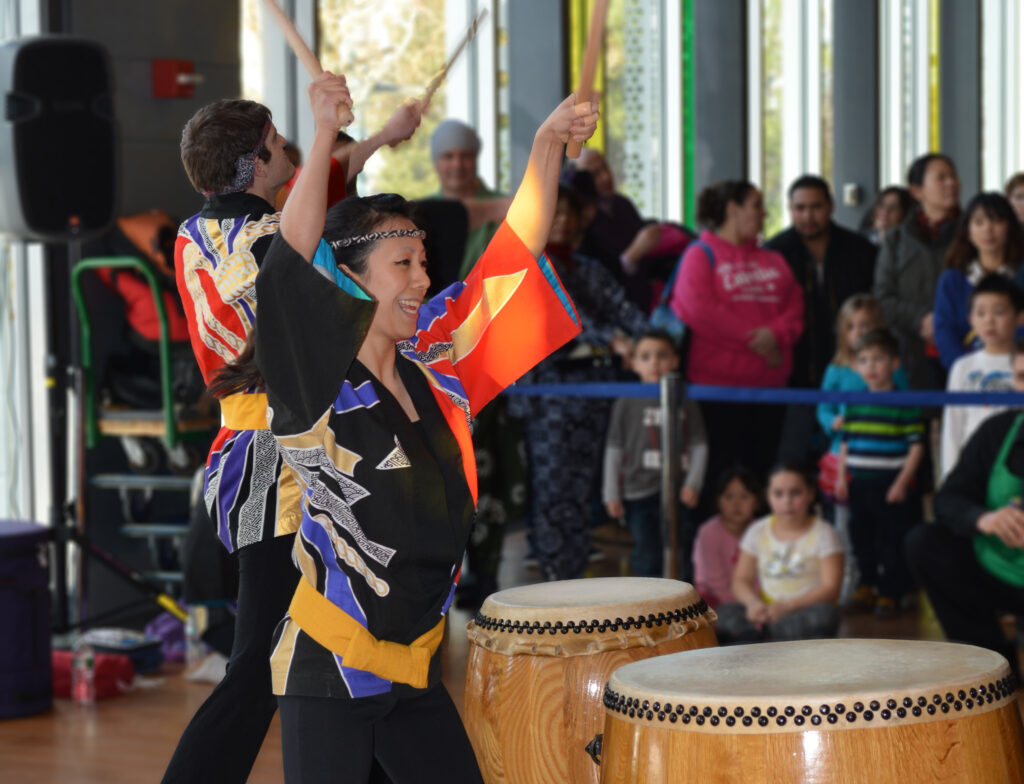
From its beginnings, the Museum’s ideas of citizenship included reaching marginalized children, to help them become better thinkers and take active roles in American society. In the 1920s Museum staff worked closely with children from settlement houses and local schools, inviting them to participate in outdoor summer clubs and explore the Museum’s collection. To foster cultural appreciation and understanding, the Museum’s annual Recognition Day festivities listed names of children from a wide variety of ethnic backgrounds and from every corner of Boston.
The Museum has a history of engaging visitors in groundbreaking content that exposes them to other cultures, different people, and challenging topics such as race, discrimination, living with disabilities, gender differences and even death. Exhibits including What if I Couldn’t? (1976); Japanese House (1979); Kids Bridge (1990); Teen Tokyo: Youth and Popular Culture in Japan Today (1992); Boston Black: A City Connects (2004); Children of Hangzhou: Connecting with China (2008), Native Voices: New England Tribal Families (2012); Mimi’s Family (2015); and You, Me, We (2023) all promote inclusion and the understanding of different cultures, traditions, and identities. Notably, The Museum’s permanent Japanese House exhibit is an authentic machiya, a unique vernacular town house from Kyoto, open to the public and interpreted by trained staff.
In addition to exhibits, each year the Museum welcomes thousands of families to celebrate Japanese New Year, Diwali, Holi, Lunar New Year, Purim, and other cultural holiday celebrations. We continue to explore ways that we can meet children and families where they are—whether that is in the Museum, in schools, at home, or in community-based settings. We continue to work to find ways of making the Museum accessible to all children and families, including reducing or eliminating financial barriers and engaging in conversations with parents and community partners about factors ranging from transportation and/or language access to ways the Museum might better support and reflect the many identities of our visitors. We are also actively going beyond our walls to offer programming and resources that meet and engage families where they are most comfortable, which is not always at the Museum.
In 1991, the Boston Globe described Boston Children’s Museum as a “beacon of diversity,” recognizing the Museum as a model of inclusiveness and a place where children often have their first experiences with people who are different from themselves.
sit amet, consectetur adipiscing elit. Ut elit tellus, luctus nec ullamcorper mattis, pulvinar dapibus leo.
